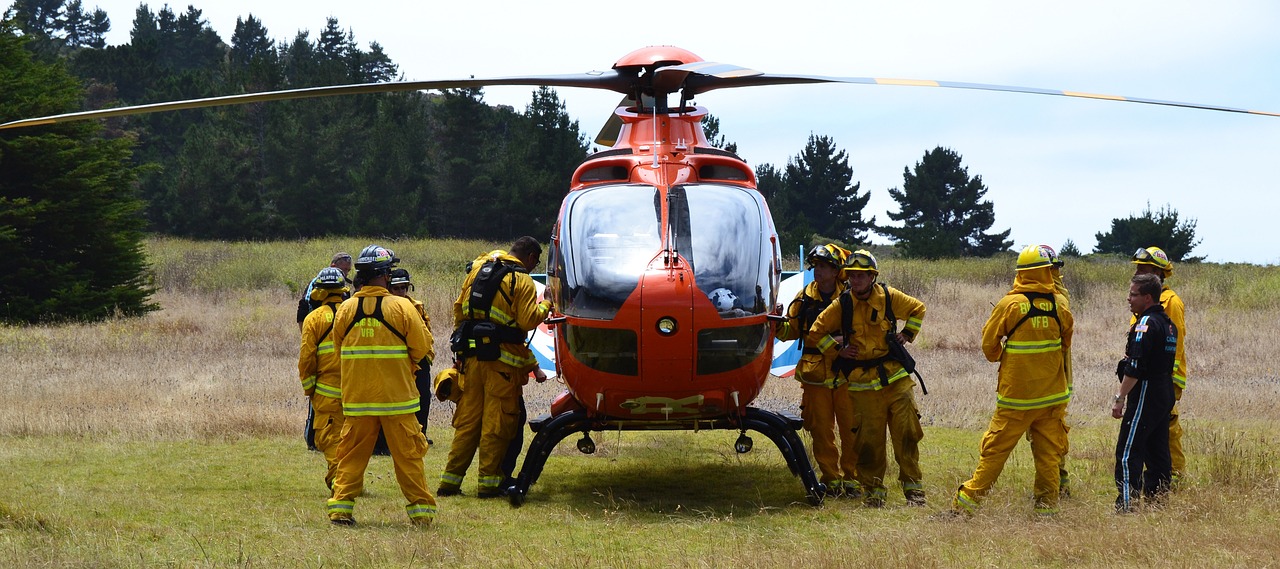As natural disasters occur more frequently, the importance of home disaster preparedness supplies has become increasingly evident. However, existing disaster supplies often have shortcomings, such as being inconvenient to carry, having limited functionality, or being difficult to use. Therefore, it is urgent to design disaster supplies that are more suitable for the needs of modern families. This article will explore innovations and enhancements in the design of home disaster preparedness supplies.
- Multifunctional Design
With limited space in modern homes, it is essential to design multifunctional disaster preparedness supplies. For example, one might consider developing a device that integrates a flashlight, wireless charger, and emergency radio. Such products can reduce the number of items to carry while increasing ease of use. - Portability and Ease of Carrying
Home disaster supplies need to be easy to carry, especially when a quick evacuation is necessary during a disaster. Lightweight, foldable emergency backpacks that contain emergency food, first aid kits, and other essentials can be designed to facilitate easier storage at home or in a vehicle. - Integration of Smart Technology
As technology continues to advance, integrating smart technology into disaster supplies is also a future trend. For instance, developing a smart radio that connects to a smartphone to receive disaster alerts and safety information can be beneficial. Alternatively, designing emergency lights that provide usage status, battery life, and emergency contact functions via an app would enhance their practicality.
- Use of Eco-Friendly Materials
Using sustainable and eco-friendly materials in the design of disaster supplies is also critical. This can reduce environmental impact while increasing the durability and lifespan of the products. For instance, a first aid kit or water collection device could be made from recycled materials. - Emphasis on Ease of Use
During emergencies, psychological stress can increase, making ease of operation particularly important. Designing clear labels and instructions, or even pictorial guides, can make it easy for individuals of all ages to use the products. Furthermore, developing automated first aid products, such as self-inflating cushions or smart first aid kits, can provide assistance automatically during emergencies. - Incorporating Community Support Functions
When designing some disaster preparedness supplies, considering community support functions can help develop tools that are easy to share and distribute. For example, designing a public first aid kit for use throughout the community during a disaster, or creating platforms to promote participation in community disaster preparedness efforts, can strengthen neighborhood cooperation.
Conclusion
Designing better home disaster preparedness supplies not only enhances families’ self-protection capabilities but also promotes safety and stability in communities. As our understanding of disaster preparedness needs deepens, innovative designs will provide more possibilities to enhance the awareness and capacity of families and society regarding disaster readiness.
